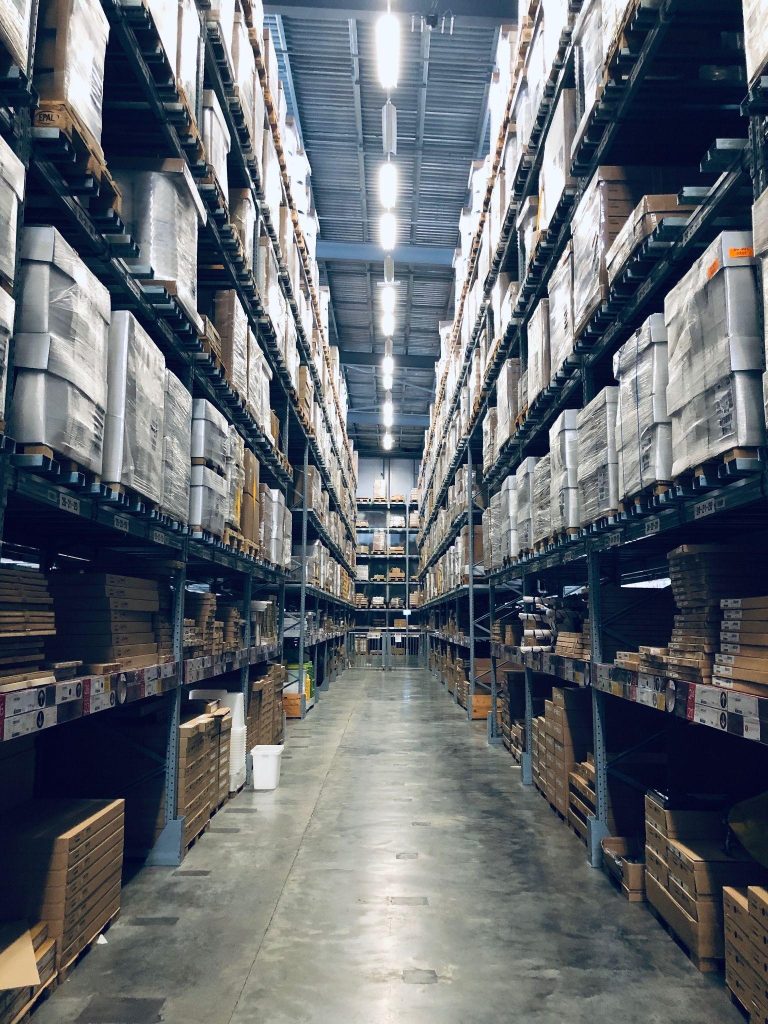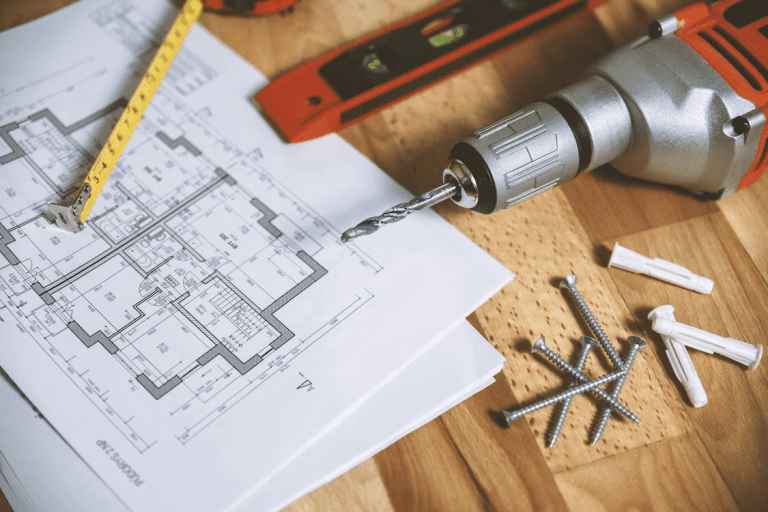The rise of automation in supply chain management reflects the increasing complexity and scale of modern business operations. As companies strive to meet the growing demands of customers, the need for greater speed, efficiency, and cost-effectiveness has become paramount. In this context, industrial automation has proven to be a game-changing force, transforming the landscape of smart warehousing and logistics and redefining the entire supply chain process. The Era of Smart Warehousing Smart warehousing is the embodiment of technology-driven logistics, where goods are stored, sorted, packed, and tracked using advanced automation systems. This is a far cry from traditional warehousing, where manual labor was the primary force behind operations. Automated Guided Vehicles (AGVs), Automated Storage and Retrieval Systems (AS/RS), robotics, drones, and wearable technology are now integral components of a smart warehouse. These tools work in conjunction to enhance productivity and accuracy, ensuring goods are handled and transported safely and efficiently. Beyond simply replacing manual labor, these technologies amplify human capabilities. Workers can manage and oversee operations from a centralized command center, leveraging technology to maintain real-time visibility of inventory, conduct error-free operations, utilize space efficiently, and ensure quick turnaround times. The outcome is a significant boost to the overall efficiency of the supply chain, with an elevated level of precision and control that was once thought impossible. Logistics Revolutionized by Automation Logistics—the act of moving goods from one place to another—is another area that has undergone a seismic transformation due to automation. Today, sophisticated algorithms, artificial intelligence (AI), and machine learning are used to predict demand, plan routes, and manage fleets. These advanced tools lead to reduced delivery times and improved customer satisfaction by ensuring goods reach their intended destinations on time and in optimal condition. Moreover, automation enables real-time tracking of goods, providing unparalleled transparency and minimizing the chances of loss or theft. This increased visibility across the supply chain allows for more effective risk management and faster decision making, enabling companies to respond swiftly to any unforeseen issues or changes in demand. Industrial Automation: A Paradigm Shift in Supply Chain Management Supply chain management, encompassing everything from sourcing raw materials to delivering the end product, has been revolutionized by industrial automation. The integration and streamlining of supply chain processes through automation technologies have led to remarkable gains in efficiency and significant cost reductions. Consider the role of advanced data analytics in predicting future trends and enabling proactive inventory management. Or the Internet of Things (IoT) devices that can monitor the condition of goods in real-time, ensuring top-notch quality control. Challenges and Opportunities in the Face of Automation The adoption of industrial automation comes with its own set of challenges, despite the numerous opportunities it presents. The implementation of new technologies can be costly, and companies need a skilled workforce to manage and maintain these systems. With the increase in dependency on digital platforms, cybersecurity threats also become a pressing concern that requires meticulous attention. On the upside, the benefits of automation far outweigh its challenges. The potential for significant cost savings is considerable, given the reduction in labor costs, minimization of errors, and optimization of resource use. Moreover, businesses that embrace automation are better equipped to adapt to market changes, meet customer expectations, and outpace competition, positioning them for long-term success. Human-Machine Symbiosis in Future Supply Chains The future of supply chain management is set to be shaped further by the increased integration of automation technologies. Innovations such as autonomous vehicles, smart contracts, and advanced AI systems are expected to continue streamlining processes, driving up efficiency, and facilitating growth. In this future, the role of humans will not be rendered obsolete but will undergo a significant transformation. Instead of manual tasks, human focus will shift towards designing, implementing, and managing these intricate automated systems. The human workforce will thus be in a position to handle more complex tasks, while repetitive and mundane tasks will be automated, leading to higher job satisfaction and productivity. A symbiotic relationship will emerge between humans and machines, fundamental to the success of automated supply chains. Machines will offer speed, precision, and the ability to handle high-volume tasks. Simultaneously, humans will contribute critical thinking, decision-making, and creative problem-solving skills, which are currently irreplaceable by artificial intelligence. Advent of Predictive Analytics and Advanced Technologies It’s anticipated that the manufacturing industry will experience an increase in the use of predictive analytics and AI, which will allow companies to anticipate market trends and customer demands, thus optimizing their supply chain process for maximum efficiency. Technologies such as the Internet of Things (IoT) and blockchain will increase the visibility and traceability of goods, further enhancing transparency in the supply chain. The rise of advanced technologies such as 5G and edge computing will also significantly impact the future of supply chain management. These technologies will facilitate real-time data analysis and decision-making, allowing companies to respond to changes in the supply chain more quickly and effectively. Sourcing for Supply Chains In the broader scope of supply chain automation, the need of automation equipment and supplies for plants cannot be overstated. These refer to the array of machinery, equipment, and software used to automate various processes in manufacturing plants, warehouses, and distribution centers, often referred to as Industry 4.0 technologies. In a manufacturing plant, automation equipment such as robotics, conveyor systems, sorting systems, and packing machines eliminate repetitive, time-consuming tasks traditionally performed by humans. These automation systems can work around the clock, without fatigue, thereby increasing efficiency and reducing the chances of human error. Navigating Challenges and Embracing Opportunities However, to successfully navigate this future landscape, organizations will need to invest in training their employees to manage these new technologies. It is also essential that businesses develop robust cybersecurity measures to protect their digital infrastructure from potential threats. The Role of Automation in Sustainable Practices As organizations adopt sustainable practices, automation can also play a significant role in reducing the environmental impact of supply chain operations. For instance, automated systems can optimize routes in real-time for fuel efficiency, while smart














